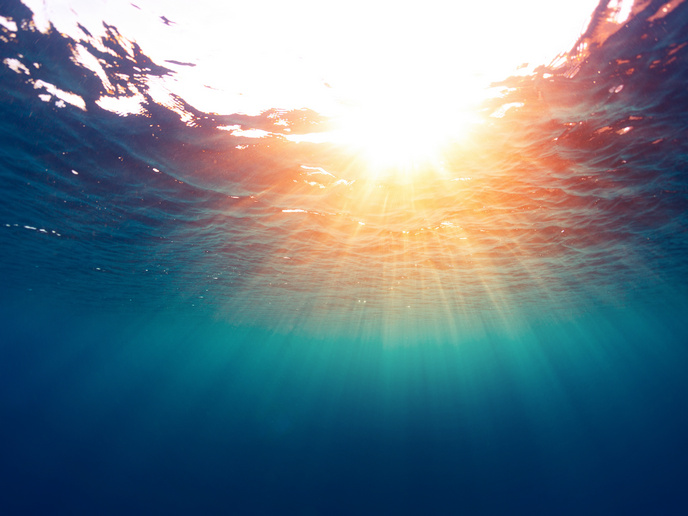Harnessing the power of warm tropical ocean waters
Clean energy technology developer Global OTEC has begun tests on a scaled design of an ocean thermal energy conversion (OTEC) platform. Developed with support from the EU-funded PLOTEC(opens in new window) project, the platform will be used to convert solar heat energy stored in the oceans surrounding the EU’s overseas countries and territories into a dependable, cost-efficient source of power. Oceans have enormous potential for power generation. OTEC harnesses this power, while offering significant environmental advantages. It is kinder to the environment than fossil fuels and nuclear power, and since it is offshore, it does not take up land resources like solar, wind and other renewable energy technologies do. More importantly, it can generate electricity 24 hours a day, 365 days a year, and has the potential to produce far more useful and affordable energy than other renewable sources. As reported in a news item(opens in new window) posted on ‘Offshore Energy’, Global OTEC tested its cylindrical hull OTEC structure and cold water pipe at Charlton Lido, London, in early May 2023. This test was an important step towards the PLOTEC project’s goal to deploy an OTEC platform capable of withstanding the extreme weather of the tropical ocean at the Oceanic Platform of the Canary Islands (PLOCAN) test facility in Gran Canaria in 2024.
Key insights
“This was our first experience in the water with the structure, which allowed us to crucially validate the connection point in a relevant environment,” reports Global OTEC founder and CEO Dan Grech. “We gained some vital insights that will inform the next iteration of our design – a really important feature of research and development projects. This will help us to prepare before we move into a wave tank and eventually the open ocean.” OTEC takes advantage of the natural temperature difference between tropical oceans’ warm upper layers – where the solar energy is collected – and the cooler waters far below the surface, to create electricity day and night all year round. The temperature difference is used to operate vapour turbines that drive generators and produce electricity. The system functions as follows. A barge collects warm surface seawater (around 29 ℃), which is then used to evaporate a working fluid with a low boiling point. This creates a vapour that spins a turbine to produce electricity using a generator. At the same time, cold water (about 4 ℃) is drawn through a pipe from the ocean depths to cool the vapour. This turns the vapour back into a liquid, which can then be reused immediately, allowing the entire cycle to be repeated. The power generated is transmitted to the grid via an underwater cable. PLOTEC (PLOCAN Tested Optimised Floating Ocean Thermal Eenergy Conversion Platform) is coordinated by PLOCAN, Spain. The project ends in April 2025. For more information, please see: PLOTEC project website(opens in new window)



